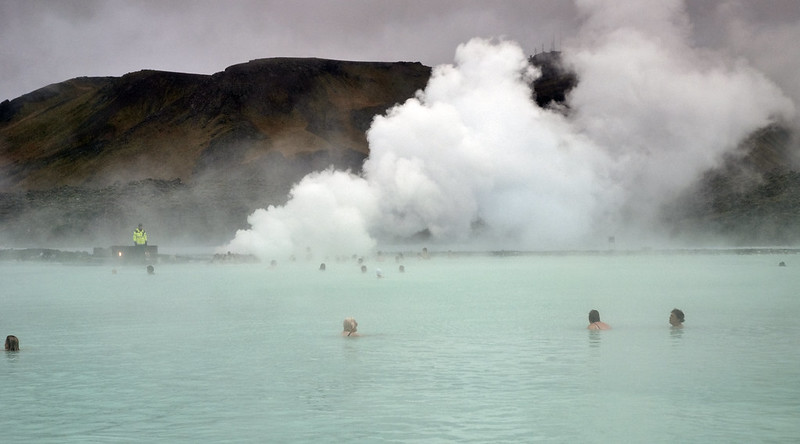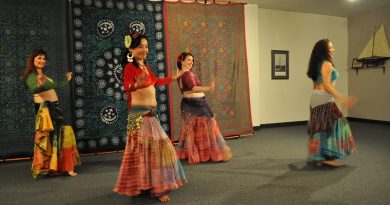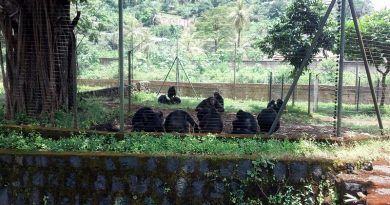Geothermal Wonder: The Blue Lagoon
Nature Facts
Where: Between Keflavik and Grindavik in Iceland
What’s in about: Bathing in unique bubbling hot springs, the ultimate way to cleanse and de-stress.
Watch out for: Flies and spiders
Where It’s At
Iceland’s volcanic landscape is rugged and dramatic with barren lava fields, hot springs and jets of steam spewing from cracks in the earth. The Blue Lagoon is one of Iceland’s main geological attractions, situated next to a geothermal power plant which attracts over 100,000 visitors annually.
Spa Therapy
It is a unique geothermal spa where you can bathe in naturally heated waters surrounded by snow. It’s active natural ingredients; salts, silica and blue green algae take the stress and strain from daily life and the waters are thought to contain healing powers for psoriasis, skin diseases, eczema. The white silica mud cleanses and exfoliates the skin but it is the combination of blue algae and white muds that give the lagoon a milky, aquamarine colour. Visitors can bathe in the pleasantly warm waters which heat to around 37C all year round.
What is Geothermal Power?
The lagoon is set in a geothermal area situated 10 minutes from Keflavik international airport. A geothermal area is where warm water ascends through cracks in the earth’s volcanic crust. Cold rainwater flows into the rock’s porous surface and is heated in the magma chamber where it ascends to the surface. As it gets hotter, it produces jets, sprays, and bubbling natural spas. In the Hveragerdi area, hot springs do occasionally bubble up in people’s living rooms as the activity under the crust of the earth is constantly on the move and ready to explode at any time.
The geothermal heat is used as a form of natural energy, heating houses, and even in pre-electric power generation times the springs were used for cooking a special bread baked in steam boxes called “rugbraud” or hot spring bread, which is still baked in the region. Unique fauna are seen in the area like hot spring flies and spiders and thermophiles – heat loving bacteria.
By Susi O’Neill




